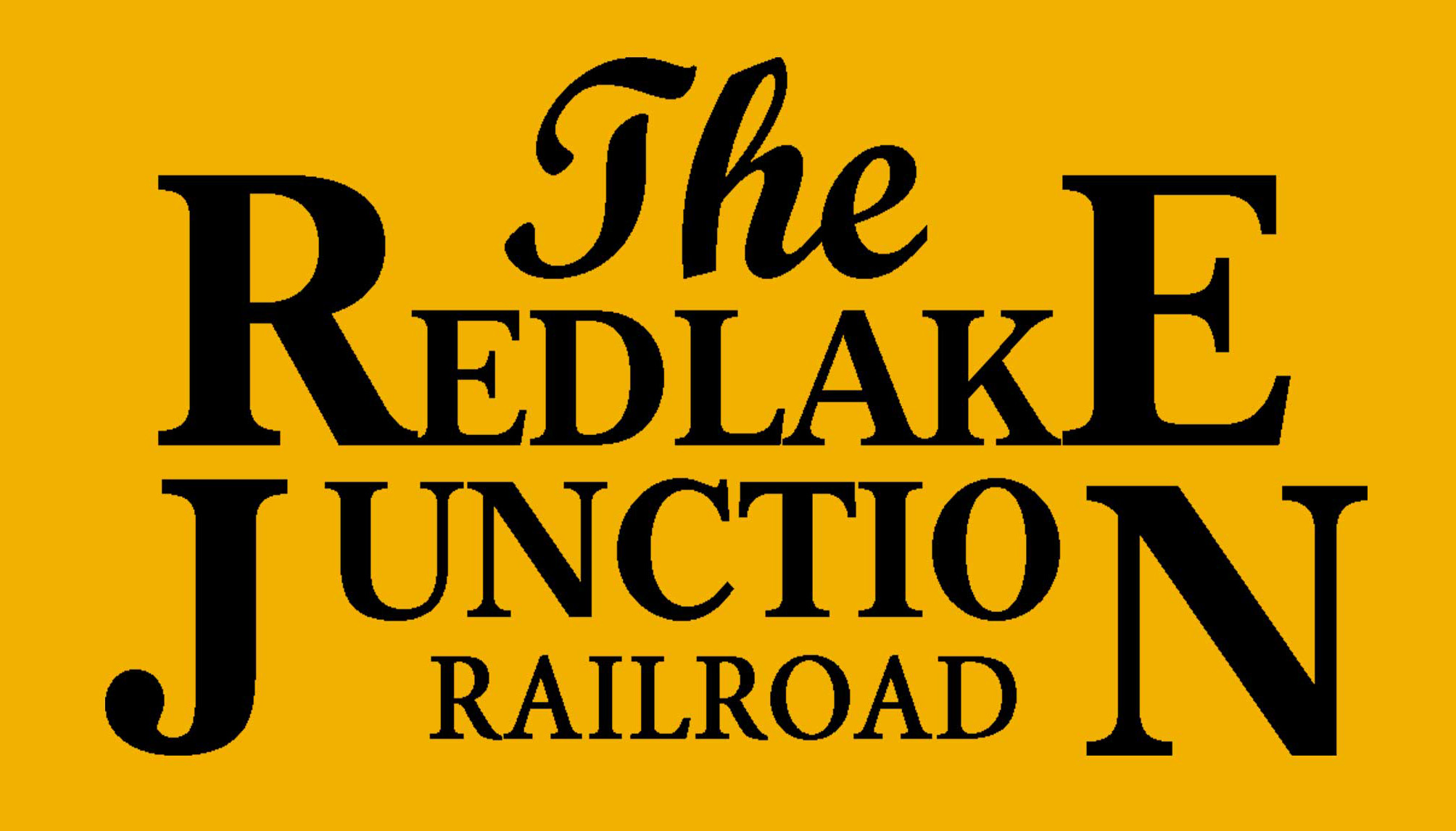
PREPARING THE TRACK

|
|
PREPARING THE TRACK
|
|
|
|
The track needs to be divided into electrically isolated sections or blocks. I use Black Homopolymer Delrin for isolators it is .250 of an inch thick. This can be purchased online at PROFESSIONAL PLASTICS http://www.professionalplastics.com/ The black has a UV stabilizer in it for outside use. The isolators are cut to fit in the web of the rail just like the metal rail jointers. A small piece of delrin is inserted in between the two rails so they can not close up. Wiring is attached to the rail web with a nylon lock nut. The wire is direct burial sprinkler wiring. |
|
|
|
The best way to insolate the turnout is to take it completely out of the circuit. I make a small block on each side of the turnout called the “OS” block. The main function of the “OS” block is to protect the train from having the turnout thrown while it is going over it. The 20 foot dead zone created by the turnout does not matter because the software has a timing function in it. I make the timing hold over for the “OS” 8 seconds and all the other blocks 5 seconds. This stops the signals from flickering. If you have a turnout that is not thrown electrically you can leave the “OS” block out and just insolate the turnout. I do not run a common rail around the whole railroad. I use the common rail for the entire area of the sideing. Halfway between two sideings of a single track area I double isolate the rails. This makes the east and west approach blocks and keeps each sideing electrically isolated from each other. An intermediate signal could be placed at the double isolated joints but I do not put one there. The software treats the east and west approach blocks as if they were one block as far as the signals are concerned. The approach blocks help the dispatcher/computer figure out the direction the train is going since he can not see all of the railroad from his location. |
|
|
|